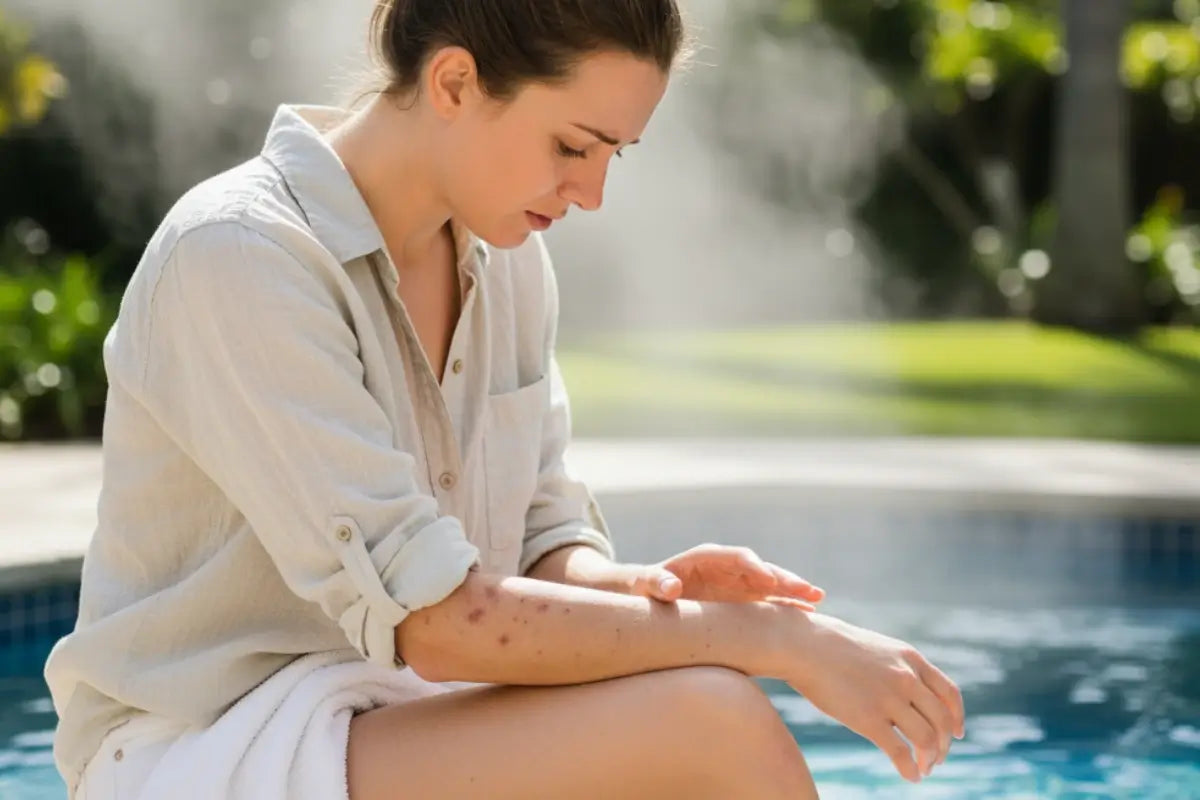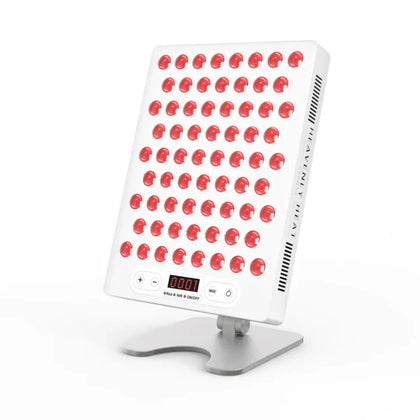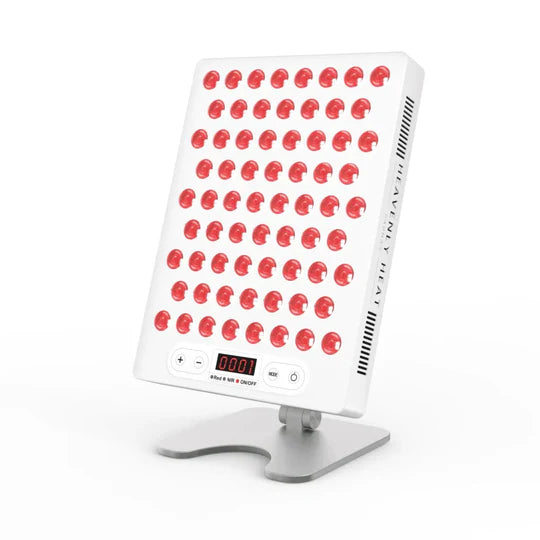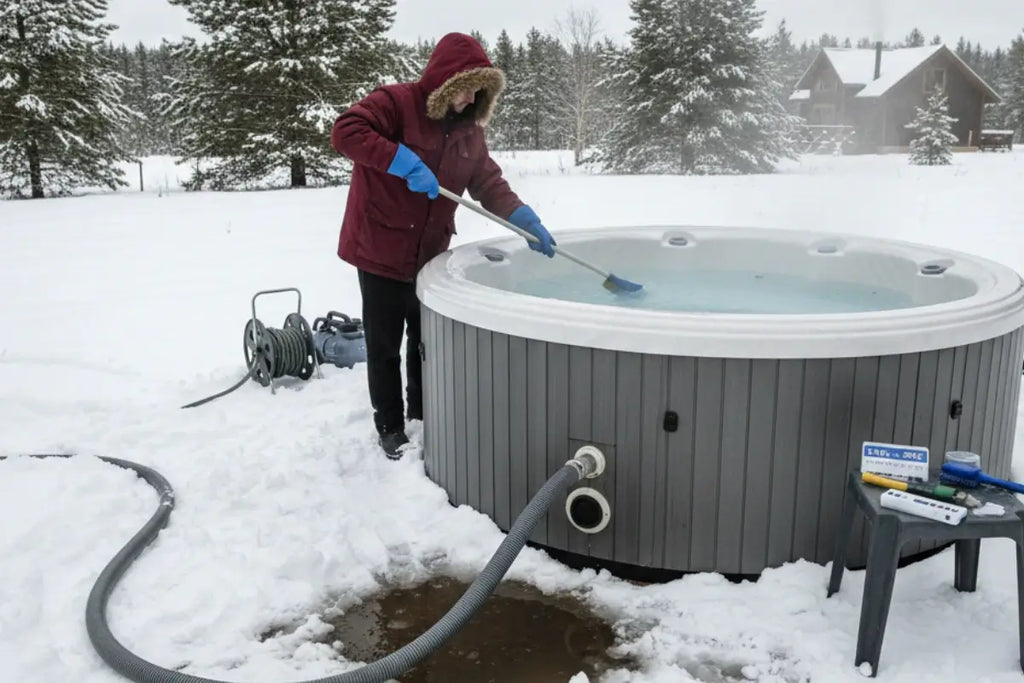Can Hot Tubs Cause Skin Rashes? Causes and Prevention

Dry, itchy, burning, or blotchy skin rashes can turn relaxation into frustration. What starts as a soothing soak in a hot tub may leave you dealing with painful welts, flaky patches, or inflamed skin that won’t quit.
Left unchecked, these rashes can worsen, disrupt sleep, and affect confidence. But the good news? Prevention is possible, let’s explore how.
Key Takeaways
Maintain Proper Chemical Balance: Ensure chlorine levels are at least 3 ppm, bromine between 4–8 ppm, and pH between 7.0–7.8 to prevent bacterial growth.
Shower Before and After Use: Rinse off to remove oils and sweat, reducing the risk of skin irritation.
Limit Soak Time: Keep sessions under 15–20 minutes to avoid skin sensitivity and rashes.
Wash Swimwear Promptly: Clean and dry swimwear immediately after use to eliminate lingering bacteria.
Regular Maintenance is Crucial: Clean and disinfect your hot tub weekly, especially with heavy use, to minimize health risks.
Can Hot Tubs Cause Skin Rashes?
Yes, hot tubs can sometimes cause skin rashes, most commonly from a condition called hot tub folliculitis, which is linked to the bacteria Pseudomonas aeruginosa.
According to Cureus, studies have shown that about 67% of hot tubs may be contaminated with this bacteria at any given time, which helps explain why rashes are not unusual.
Warm water creates the perfect breeding ground because high temperatures break down disinfectants like chlorine faster, giving bacteria more opportunity to grow.
If chemical levels are too low, bacteria thrive; if they’re too high, skin irritation or dryness can occur.
While some research on swimming pools suggests 4–8% of users may develop rashes, the risk in hot tubs depends heavily on water quality, maintenance, and individual sensitivity.
The CDC recommends protecting yourself by showering with soap after soaking, washing swimsuits, and ensuring disinfectant and pH levels stay within safe ranges (chlorine at least 3 ppm, bromine 4–8 ppm, pH 7.0–7.8). Ultimately, good maintenance and simple hygiene steps can make your soak safe and rash-free.
What are skin rashes?
According to the Cleveland Clinic, a skin rash occurs when the skin becomes red, inflamed, bumpy, or itchy due to irritation or an underlying condition.
Rashes can appear anywhere on the body and may be painful or dry, depending on the cause.
Common types and causes of skin rashes include:
Atopic dermatitis (eczema): Chronic, red, itchy patches on hands, feet, and limbs, often linked to genetics.
Contact dermatitis: Reaction to allergens or irritants like soaps, cosmetics, latex, or poison ivy.
Hives: Raised, itchy welts caused by allergies, temperature changes, or infections.
Viral rashes: Conditions like chickenpox, measles, or hand, foot, and mouth disease.
Bacterial infections: Cellulitis and impetigo can produce red, swollen, or crusty lesions.
Heat rash (miliaria): Blocked sweat ducts causing itchy red bumps.
Psoriasis: Scaly, red patches on scalp, elbows, and joints due to an immune response.
Fungal infections: Ringworm, jock itch, or athlete’s foot with distinct ring-shaped or scaly rashes.
Skin rashes can disrupt daily life, making clothing, movement, or sleep uncomfortable. Management includes soothing topical creams, antihistamines, cool baths, or avoiding triggers.
Integrating gentle skincare routines and hypoallergenic products often provides relief, while consulting a healthcare provider ensures proper treatment. With attention and care, most rashes improve over time, offering both comfort and confidence.
Signs and Symptoms of Hot Tub Rash
itchy, red bumps: Often appear where your swimsuit covers your body (chest, back, groin, underarms).
Pus-filled blisters: Sometimes form in the center of the bumps.
Pain and tenderness: The rash may hurt when touched or rubbed.
Fever and chills: Can happen in more severe cases.
Acne-like bumps: Some may look like pimples.
Other possible symptoms: Sore throat, headache, nausea.
How Long Does Hot Tub Rash Last?
Hot tub rash, also known as hot tub folliculitis, doesn’t usually stick around for long. Dermatologists note that most mild cases clear up on their own within 5 to 10 days, and in many people, the redness and bumps fade even sooner.
Medical studies on Pseudomonas folliculitis, the type linked to poorly maintained hot tubs, show that symptoms often disappear in just a few days without any treatment.
The Centers for Disease Control and Prevention (CDC) explains that the rash usually shows up a few days after exposure and tends to improve quickly, especially when mild.
However, not all cases are the same. Clinical evidence suggests that while mild rashes heal within 2 to 10 days, more severe infections can linger longer, sometimes causing deeper nodules or even requiring antibiotics to fully resolve.
Recovery time often depends on factors like the depth of infection, whether treatment is given, and a person’s overall health.
If a rash worsens, lasts beyond a week, or comes with other symptoms, it’s best to seek medical advice.
How to Prevent Hot Tub Rash?
Test and Balance Hot Tub Chemicals Regularly
Hot tub rash, caused by bacteria like Pseudomonas aeruginosa, thrives in warm water with poor chemical balance.
To keep your water safe, the Centers for Disease Control and Prevention (CDC) advises maintaining chlorine levels at a minimum of 3 ppm or bromine between 4–8 ppm, with a pH of 7.0–7.8 to ensure sanitizers work effectively.
When pH rises too high or sanitizer levels drop, bacteria can multiply quickly, sometimes doubling every 20–34 minutes, and form biofilms that cling to surfaces, making them harder to eliminate.
To avoid this, it's important to test your hot tub water at least once a week, or 2–3 times if it’s used frequently or exposed to outdoor elements.
Industry experts also emphasize that high temperatures and organic materials (like sweat and lotions) reduce sanitizer effectiveness, giving bacteria the perfect environment to grow.
Regular water testing, cleaning, and adjusting chemical levels not only protect your skin but help prevent itchy, uncomfortable rashes from developing after a soak.
Clean and Disinfect the Hot Tub to Kill Germs
To prevent hot tub rash, often caused by Pseudomonas aeruginosa, a bacteria that thrives in warm, moist environments it’s essential to clean and disinfect your hot tub regularly.
Experts recommend doing this at least once a week, and more often if the tub is heavily used. Routine maintenance not only includes checking disinfectant levels but also scrubbing surfaces like jets and filters where bacteria can hide in protective biofilms.
According to CDC guidelines, hot tubs should maintain a chlorine level of at least 3 ppm or bromine between 4–8 ppm, with a pH between 7.0 and 7.8.
Water chemistry should be tested at least twice daily. Outbreak investigations show that poor maintenance and low disinfectant levels directly contribute to hot tub rash.
Regular cleaning, draining, and shock treatments have been proven to reduce the risk. By following these steps, you can keep your hot tub safe, clean, and rash-free.

Always Shower Before and After Using the Hot Tub
Hot tub rash, most often caused by the bacteria Pseudomonas aeruginosa, can be uncomfortable and unsightly.
This bacterium is found in up to two-thirds of hot tubs and pools, making proper hygiene essential.
Showering before entering a hot tub helps wash away sweat, oils, makeup, and dead skin, contaminants that reduce the effectiveness of disinfectants like chlorine or bromine.
Even a quick one-minute rinse can prevent germs from entering the water and help maintain its chemical balance.
After soaking, showering with soap helps wash off lingering bacteria and residual chemicals that can irritate the skin or lead to infection.
Leading health organizations, including the CDC and Public Health, Seattle & King County, recommend showering both before and after hot tub use.
Though showering won’t fully protect you if the water is already contaminated, it significantly reduces the risk of hot tub rash and keeps your skin healthier overall.
Don’t Stay Too Long in the Hot Tub
Experts recommend keeping hot tub sessions under 15–20 minutes to prevent skin irritation. Prolonged soaking can cause redness, itchiness, increased sensitivity, rashes, or hives, especially for those with sensitive skin. Shorter sessions and breaks help protect your skin’s natural barrier and prevent hot tub rash.
Wash Swimwear Right After Soaking
After using a hot tub, wash your swimwear immediately. Wet swimwear can harbor bacteria that cause hot tub rash.
Hand wash with gentle detergent or use a short machine wash on a delicate cycle. Rinse thoroughly to remove chlorine and sweat, and dry completely, preferably in the sun, to prevent bacterial growth.

How do you tell the difference between hot tub rash and other rashes?
Hot tub rash appears as red, itchy bumps or pus-filled pimples within days of hot tub use, often under swimsuits.
It differs from hives, heat rash, impetigo, and bites by its timing, location, and quick resolution. See a doctor if symptoms worsen or don’t improve.







































